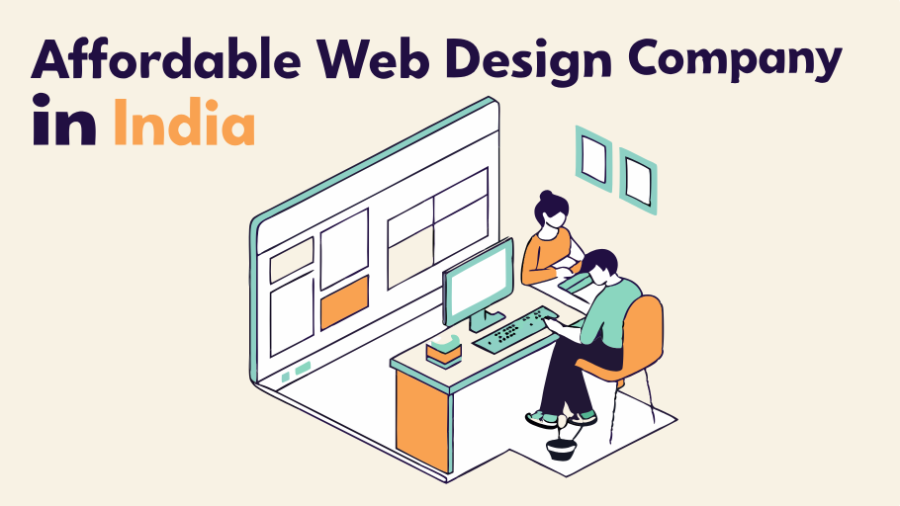Web development frameworks have revolutionized how we build digital experiences, making the process more efficient and structured. Whether you’re a seasoned developer or just starting your journey, choosing the right framework can significantly impact your project’s success. As leading experts, including many affordable web design company in india have discovered, the right framework can dramatically reduce development time while ensuring robust, scalable applications.
Understanding Web Development Frameworks
Web frameworks are pre-written libraries of code that provide developers with a structured way to build web applications. They offer ready-made components and tools that handle common web development tasks, allowing developers to focus on building unique features rather than reinventing the wheel.
Frontend Frameworks
React.js
React continues to dominate the frontend landscape, and for good reason. Created and maintained by Meta (formerly Facebook), React offers:
- Virtual DOM for optimal performance
- Component-based architecture
- Extensive ecosystem and community support
- Easy learning curve for beginners
- Excellent documentation and resources
React’s flexibility makes it a top choice for both small startups and enterprise-level applications. Many developers, including those working at affordable web design company in india, prefer React for its versatility and robust community support.
Vue.js
Vue has gained significant traction as a progressive framework that’s easy to integrate into existing projects:
- Gentle learning curve
- Excellent documentation
- Two-way data binding
- Component reusability
- Small size and fast performance
Vue’s simplicity and flexibility make it particularly popular among developers who want to gradually adopt a framework into their projects.
Angular
Google’s Angular framework remains a powerhouse for enterprise-level applications:
- Complete development ecosystem
- TypeScript integration
- Powerful CLI tools
- Built-in testing tools
- Comprehensive security features
Backend Frameworks
Node.js with Express
While Node.js itself is a runtime environment, Express.js has become the de facto standard for building Node-based web applications:
- Minimalist and flexible
- Large middleware ecosystem
- Easy database integration
- Excellent performance for real-time applications
- Active community support
Django (Python)
Django follows the “batteries-included” philosophy, providing everything needed for full-stack development:
- Built-in admin interface
- Robust security features
- ORM for database operations
- Extensive third-party packages
- Excellent documentation
Laravel (PHP)
Laravel has modernized PHP development and remains a popular choice:
- Elegant syntax
- Built-in authentication
- Powerful ORM
- Artisan CLI
- MVC architecture support
Choosing the Right Framework
Factors to Consider
- Project Requirements
- Scale and complexity
- Performance needs
- Time constraints
- Team expertise
- Budget considerations
- Technical Aspects
- Learning curve
- Documentation quality
- Community support
- Security features
- Scalability options
- Business Considerations
- Development costs
- Maintenance requirements
- Time to market
- Long-term viability
- Available talent pool
Modern Development Trends
Progressive Web Apps (PWAs)
Modern frameworks increasingly support PWA development, offering:
- Offline functionality
- Native app-like experience
- Push notifications
- Enhanced performance
- Cross-platform compatibility
JAMstack Architecture
The rise of JAMstack has influenced framework selection:
- Better security
- Faster performance
- Lower hosting costs
- Better developer experience
- Improved scalability
Framework Performance Optimization
Best Practices
- Code splitting
- Lazy loading
- Tree shaking
- Caching strategies
- Server-side rendering
Cost Considerations
When working with an affordable web design company in India or any development partner, framework choice can impact overall project costs:
- Development time
- Learning curve for developers
- Available expertise
- Maintenance requirements
- Hosting costs
Which framework is best for beginners?
For frontend development, Vue.js is often recommended due to its gentle learning curve and excellent documentation. For backend, Express.js with Node.js provides a straightforward entry point into server-side development.
Can I mix different frameworks?
Yes, it’s possible to use different frameworks for frontend and backend development. Many companies, including affordable web design company in india, often use React for frontend while utilizing Node.js/Express or Django for backend services.
How important is community support?
Community support is crucial as it ensures:
- Regular updates and maintenance
- Availability of resources and tutorials
- Quick problem resolution
- Third-party plugins and tools
- Long-term framework viability
Should I choose based on job market demand?
While market demand is important, it shouldn’t be the only factor. Consider:
- Your learning goals
- Project requirements
- Team expertise
- Long-term career plans
- Industry trends
Conclusion
Selecting the right web development framework is crucial for project success. While popular options like React, Vue, and Angular dominate the frontend space, backend frameworks like Express, Django, and Laravel offer robust solutions for server-side development. The choice often depends on specific project requirements, team expertise, and business constraints.
Whether working with an affordable web design company in India or managing an in-house team, understanding these frameworks’ strengths and limitations is essential. Consider factors like learning curve, community support, and long-term maintenance when making your decision. Remember that no framework is universally “best” – the right choice depends on your specific needs and circumstances.
Stay informed about emerging trends and be prepared to adapt as the web development landscape continues to evolve. With careful consideration of the factors discussed in this guide, you’ll be better equipped to choose a framework that aligns with your project goals and delivers value to your users.
